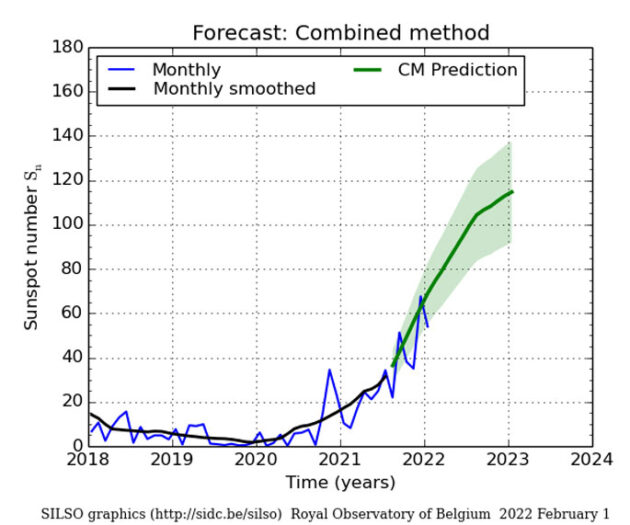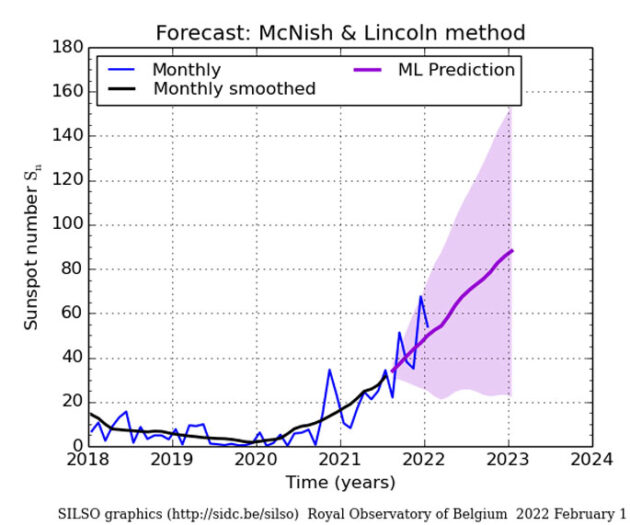John Maunder
The ‘Maunder Minimum’ is the name given to the period from 1645 to 1715 when the number of sunspots – ‘storms’ on the sun – became almost zero. The period is named after the solar astronomer Edward Walter Maunder (1851-1928), who was working at The Royal Observatory at Greenwich when he discovered the dearth of sunspots during this period.

During one 30-year period within the Maunder Minimum there were only about 50 sunspots compared with a more typical 40,000. Maunder was a driving force in the foundation of the British Astronomical Association and a Fellow of the Royal Astronomical Society.
The sun was well observed during the period of the Maunder Minimum and this lack of sunspots is well documented. This period of solar inactivity corresponded to a climatic period called the ‘Little Ice Age’ when in Europe rivers that were normally ice-free, froze and snow fields remained at low altitudes throughout the year.
There is evidence the sun had similar periods of inactivity during the years 1100-1250 and 1460-1550. Sunspots generally follow a cycle of about 11 years, but cycles have varied from eight-15 years. The connection between solar activity and the earth’s climate is an area of ongoing and sometimes controversial research.
Time will tell whether the sun will once again go into another ‘Maunder Minimum’ within the lifetime of the present generation, but if this happens it is possible we may have a much colder climate for a few decades.
Two spacecraft are currently directly observing the Sun: NASA’s Parker Solar Probe (which will eventually approach to just 5% of the Earth-Sun distance), and ESA’s Solar Orbiter, which is en route to observe the Sun’s poles. Hopefully one day we will have a better picture of the processes involved in sunspots and the Solar cycle.
The sunspot number for most days during the last three months is about 50.


A sunspot is a relatively dark, sharply defined region on the solar disc – marked by an umbra, dark area, which is 2000 degrees cooler than the effective photospheric temperature. The average diameter of a sunspot is 4000 km, but they can exceed 200,000 km.
Sunspots are temporary phenomena on the Sun’s photosphere that appear as spots darker than the surrounding areas. They are regions of reduced surface temperature caused by concentrations of magnetic field flux that inhibit convection. Sunspots usually appear in pairs of opposite magnetic polarity. Individual sunspots or groups of sunspots may last anywhere from a few days to a few months, but eventually, decay.

The NASA solar physics website, and other websites such as the Royal Observatory of Belgium, include information on sunspot numbers, the ‘Maunder Minimum’ and sunspot cycle predictions.
The sunspot index is updated monthly and available from 1749. The last time the monthly sunspot number was above 100 was in September 2002, when the value was 110, and in February 2014 which had a value of 102. The last time the value was above 200 was in August 1990, when the value was 200.3.

The following are three forecasts of the number of sunspots over the next year (from the SILSO website of the Royal Observatory of Belgium).



For further information on a range of weather/climate matters BUY Your Own Copy of Dr John Maunders book Fifteen Shades of Climate Today.


